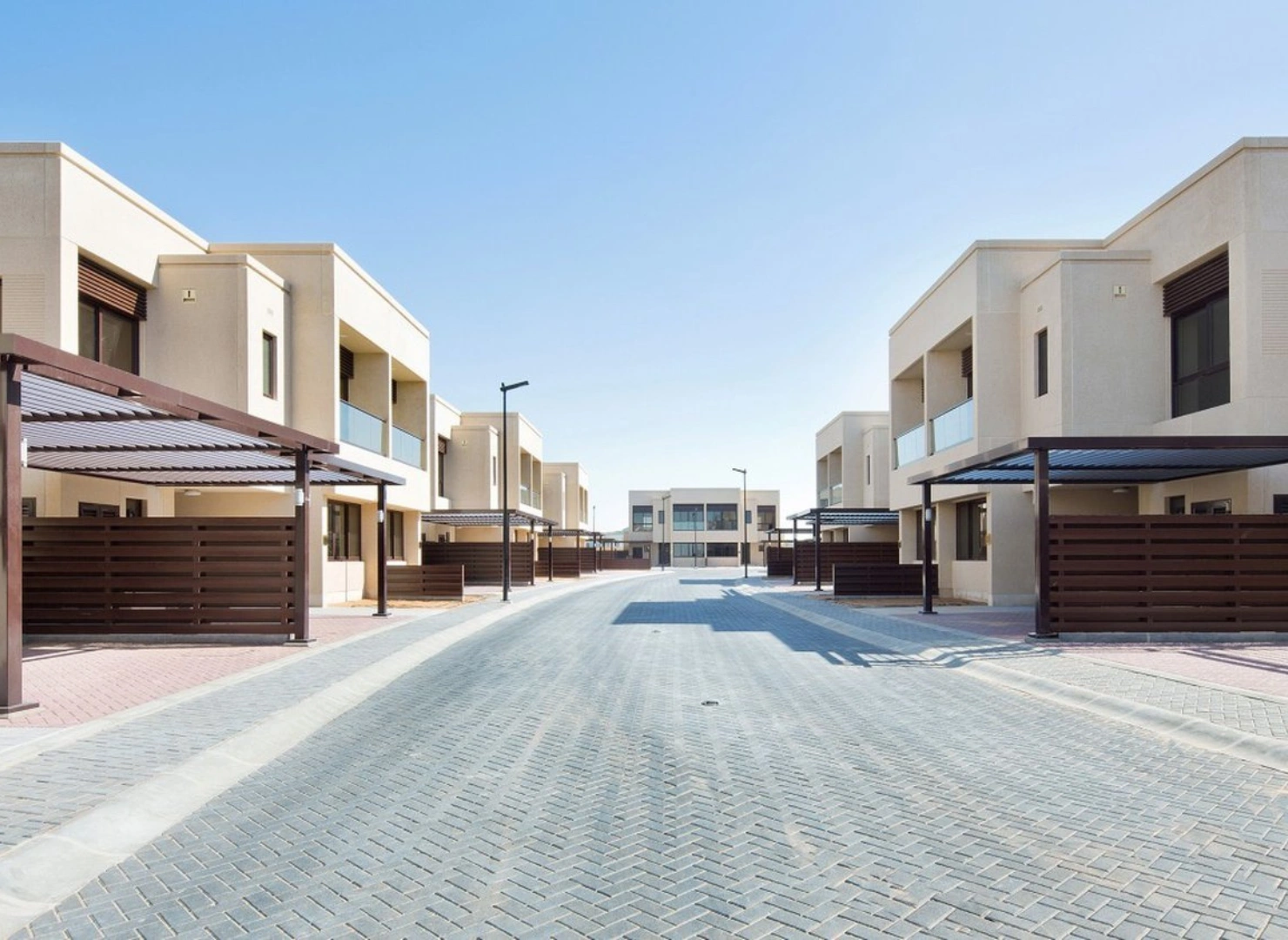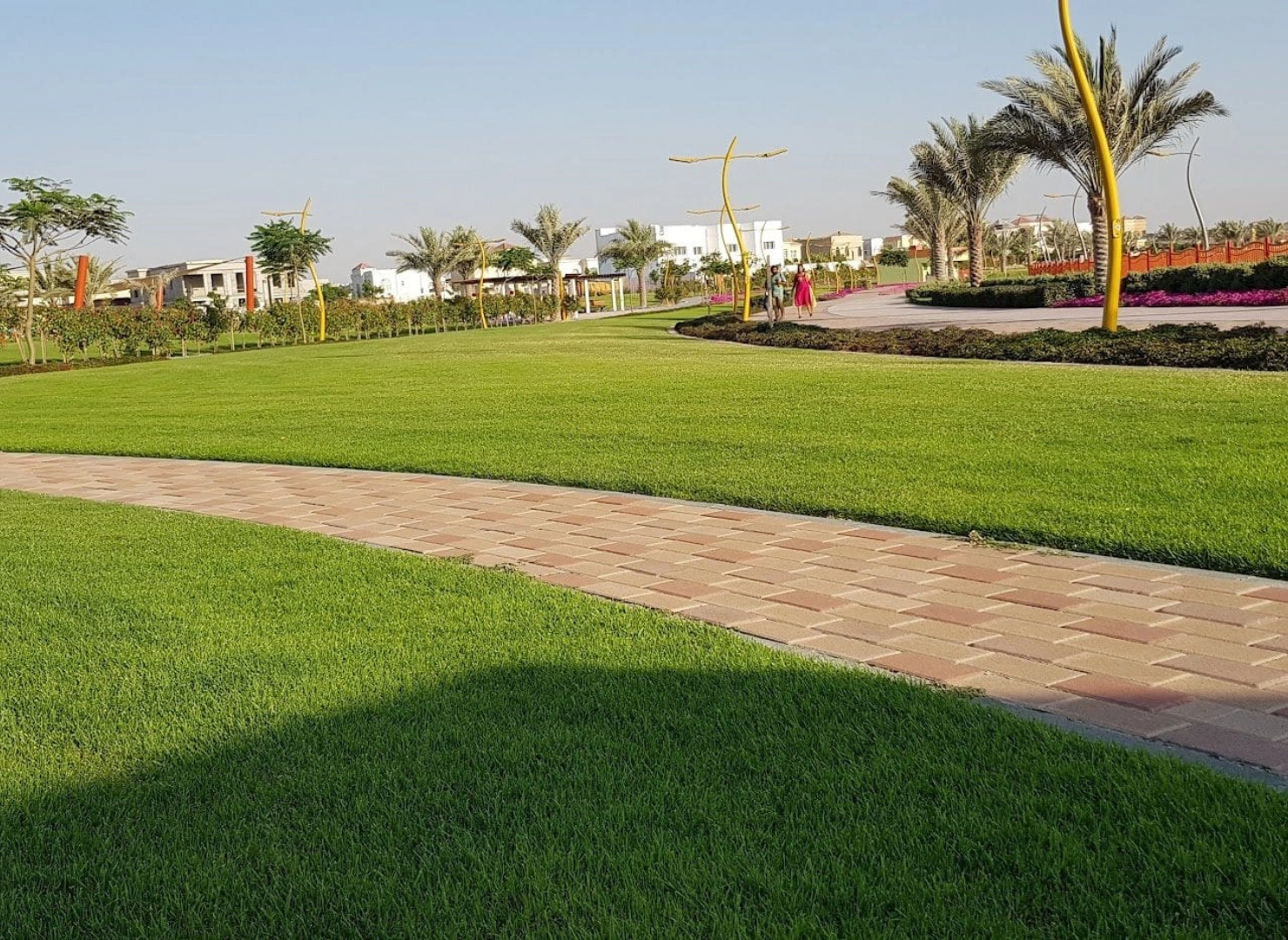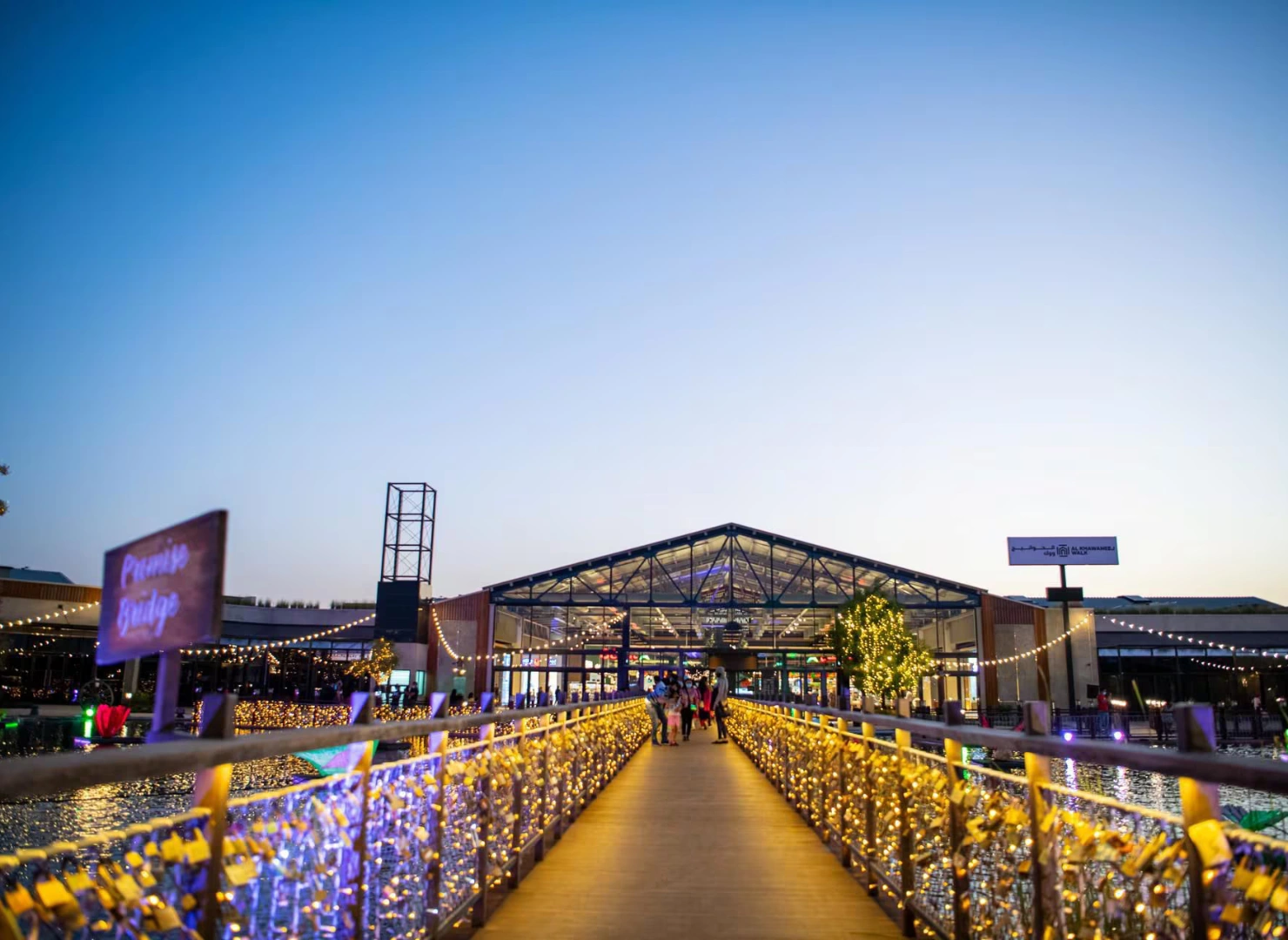About Al Khawaneej
Al Khawaneej is a suburban community in eastern Dubai, known for its deep Emirati roots and agricultural significance. Located behind International City, Al Warqaa, and Mirdif, it stretches from the western side of Emirates Road (E611) along the Sharjah-Dubai border. Bordered by Al Awir, the area has long been home to farmlands, nurseries, and stables, with strong ties to traditional farming. With projects by Meraas such as Al Khawaneej Walk and The Yard, the district combines heritage with modern leisure spaces.
In a Nutshell
- Agricultural hub contributing to the UAE’s food sector
- Home to the popular leisure attractions The Yard and The Last Exit
- Predominantly occupied by Emirati nationals
- Villas for rent with traditional Arabic designs
- Offers farms, stables, and private nurseries
- Picturesque spots for outdoor leisure and activities
Community Overview
Al Khawaneej is divided into Al Khawaneej 1 and Al Khawaneej 2. The first has more residential and leisure spaces, while the latter is largely agricultural, housing farms, dairies, and nurseries. Wealthy Emirati families with long-standing farming businesses often reside here.
Meraas’ lifestyle projects, including The Yard and The Last Exit, have transformed the community into a rustic suburban escape. Spread across 350,000 sq. ft., The Yard features a lake, walking trails, an organic farmers’ market, and the iconic Promise Bridge. With quirky street art, food trucks, and family-friendly attractions, the area blends tradition with modern leisure.
Al Khawaneej 2 is better known for large-scale farms such as Al Rawabi Dairy Company and NADEC, one of the Middle East’s largest agricultural firms. It also hosts Organic Oasis, a certified farm where visitors can pick fresh produce such as carrots, herbs, and leafy greens directly from the fields.
Properties in Al Khawaneej
The residential offering in Al Khawaneej is dominated by expansive villas, designed in line with Emirati culture. These homes feature spacious layouts, majlis areas, courtyards, shaded pathways, and ornate gates. Many villas come with swimming pools, fountains, landscaped gardens, and multiple parking spaces.
Villas range from 3 to 7 bedrooms, covering areas between 4,000 sq. ft. and 15,000 sq. ft. Ground floors typically include majlis rooms, kitchens, dining areas, maid’s rooms, and guest bedrooms, while upper floors provide family living areas and private bedrooms. Annual rents for these properties start from AED 110k and may reach AED 400k, often payable in multiple cheques.
Churches, Temples and Mosques in Al Khawaneej
Mosques are plentiful in the district, including Abdullah bin Rawahah Masjid, Yousef Abdulla AlJaziri Smart Masjid, and Masjid Alharamain. Churches can be found in Deira, about 30 minutes away, while Sikh residents can travel to Ras Al Khor Industrial Area to visit Gurudwara Al Aweer. Hindu temples such as Shiva Temple and Shree Krishna Haveli are located in Bur Dubai, a 35-minute drive away.
Schools in Al Khawaneej
For younger children, options include Basateen Kindergarten, Creative Nest Nursery, and Crystal Valley Nursery. Religious study centres are also present within the community.
Nearby schools include Ajyal International School, Otbah Bin Ghazwan Boy’s School, and Al Athba School for Girls. The neighbouring Al Mizhar community offers several reputable schools such as GEMS Founder’s School, Mirdif American School, and Arab Unity School, all within 15 minutes.
For higher education, residents can access Dubai International Academic City and University City of Sharjah in under 25 minutes.
Clinics and Hospitals in Al Khawaneej
Al Khawaneej Health Centre provides primary healthcare, while other clinics include O2 Pharmacy, Medcare Medical Centre, and Erada Centre for Treatment and Rehab. Larger hospitals such as Aster Hospital Al Qusais, Thumbay Hospital Dubai, and Zulekha Hospital are within a 20-minute drive. Pet owners benefit from the Dubai Municipality Veterinary Section located near Mushrif Park.
Transport & Connectivity
Al Khawaneej is primarily connected via major roads. The district runs parallel to Emirates Road (E611) and is accessible through Al Khawaneej Road (D89) and Al Amardi Street (D50), linking it to central Dubai and Sharjah. Dubai International Airport is around 20 minutes away, making it convenient for frequent travelers.
Public transport within the community is limited — there are no metro stations in Al Khawaneej. The nearest metro stations are Etisalat Metro Station (Green Line) and Centrepoint Metro Station (Red Line), roughly 15–20 minutes away by car. Residents mainly rely on private cars or taxis, and RTA bus routes connect surrounding districts.
Future Developments / Real Estate Outlook
Al Khawaneej is gradually evolving from a traditional farming district into a suburban lifestyle destination while preserving its Emirati heritage. Developments like Al Khawaneej Walk and The Yard by Meraas have enhanced its appeal, attracting families and leisure-seekers.
The area is expected to witness further improvements in infrastructure, lifestyle projects, and community amenities. Demand for spacious villas and lifestyle-focused suburban living is rising, positioning Al Khawaneej as a long-term growth area within Dubai’s real estate market.
Things to Consider
Living in Al Khawaneej offers a peaceful suburban lifestyle rooted in Emirati traditions. However, amenities such as retail centres, schools, and hospitals are fewer within the community. Residents typically need private transportation or taxis for commuting and accessing nearby modern districts.




